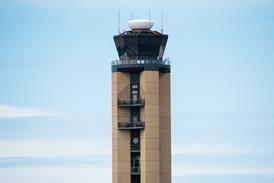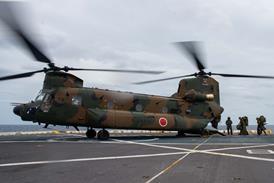GRAHAM WARWICK / WASHINGTON DC
Sport pilot NPRM, published in late January, is open to comment for a 90-day period
The USA's proposed sport pilot rule could lead to the certification of 9,000 new light aircraft over the next 10 years, the Federal Aviation Administration estimates. Another 10,000 existing aircraft are set to be certificated over the next three years, the FAA says in its sport pilot and light-sport aircraft notice of proposed ruling making (NPRM).
The long-awaited NPRM was finally published at the end of January, kicking off an extended, 90-day comment period. The proposal holds few surprises, as the FAA has thoroughly debated the rule with industry over the past two years. As proposed, the rule is an effort to stimulate interest in recreational flying while improving the safety of ultralight flying.
The FAA defines light-sport aircraft as "simple, low-performance, low-energy aircraft" limited to a 560kg (1,230lb) maximum take-off weight, two occupants, a single non-turbine engine, fixed landing gear, 39kt (70km/h) stall speed and 115kt maximum speed. The NPRM would establish two new certification categories: a special airworthiness certificate allowing new aircraft to be used for recreation, training or rental; and an experimental airworthiness certificate allowing existing aircraft to be flown for recreation and training, but not for hire. Rotorcraft are not covered because of their complexity.
Although the special airworthiness certificate will not require expensive type or production certification for new light-sport aircraft, manufacturers will have to meet consensus standards developed by industry and the FAA. In addition to design and performance criteria, these consensus standards will require a quality assurance system, production acceptance test specifications, pilot operating and flight training manuals, and a system for continued monitoring of the aircraft's safety in operation.
The experimental airworthiness certificate will allow some aircraft to become N-registered, including ultralights that do not meet the requirements of current regulations and aircraft assembled from kits that do not comply with the 51% amateur-built requirement. Operators will be given three years to register their aircraft if they want to enjoy the extra flying privileges conferred by the new sport pilot certificate.
Source: Flight International























